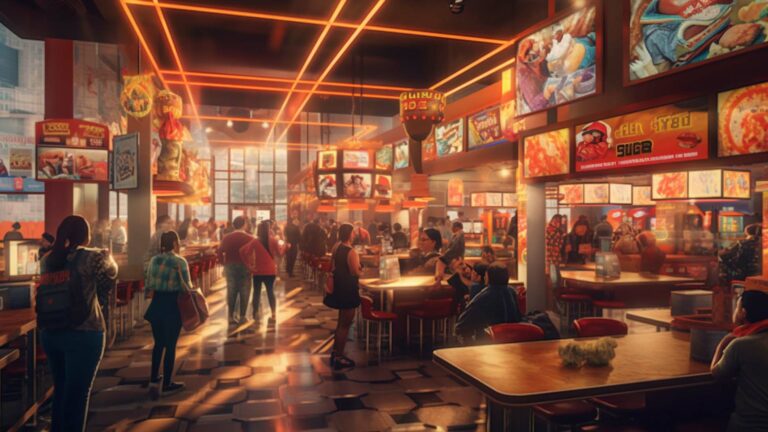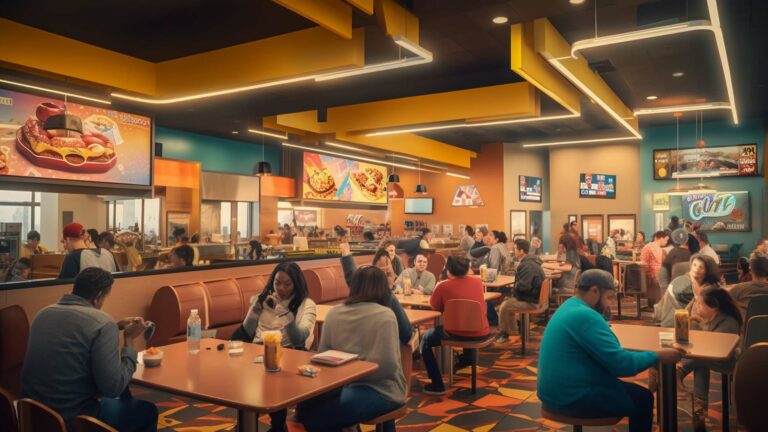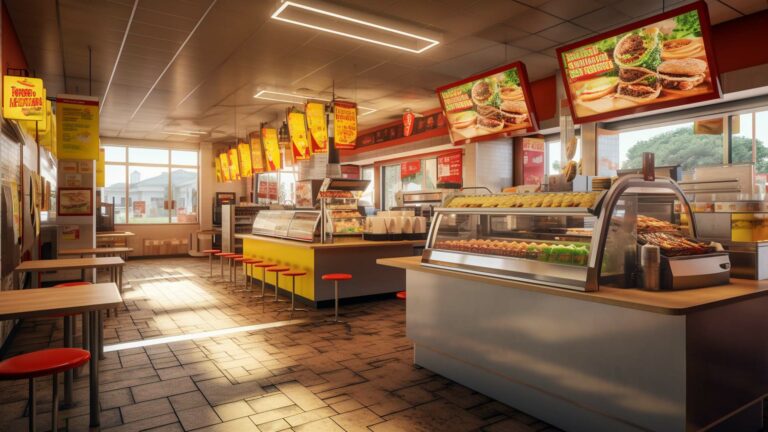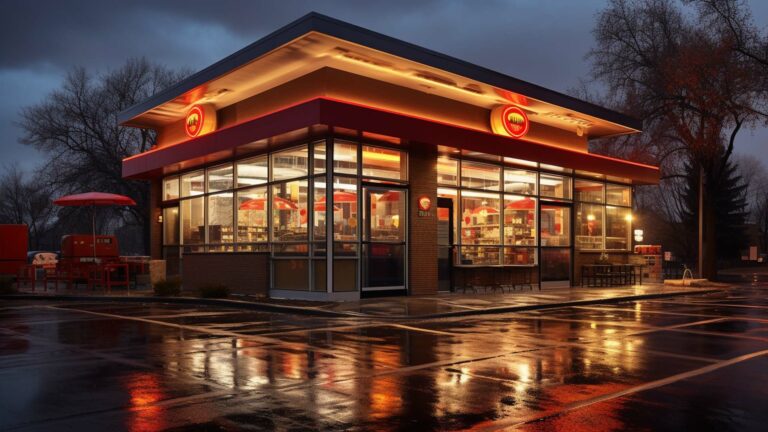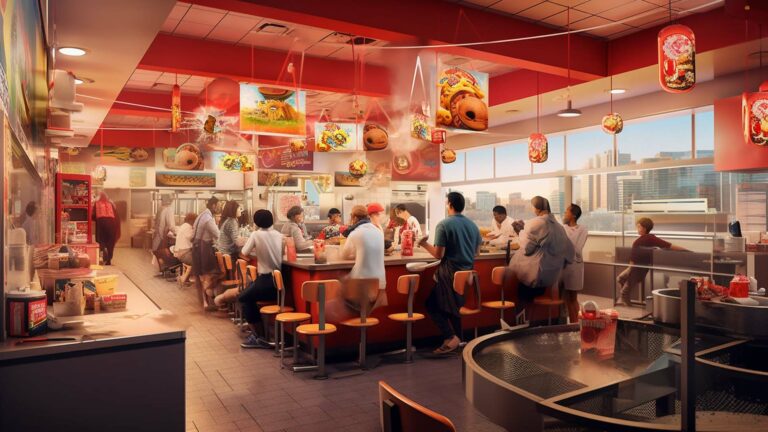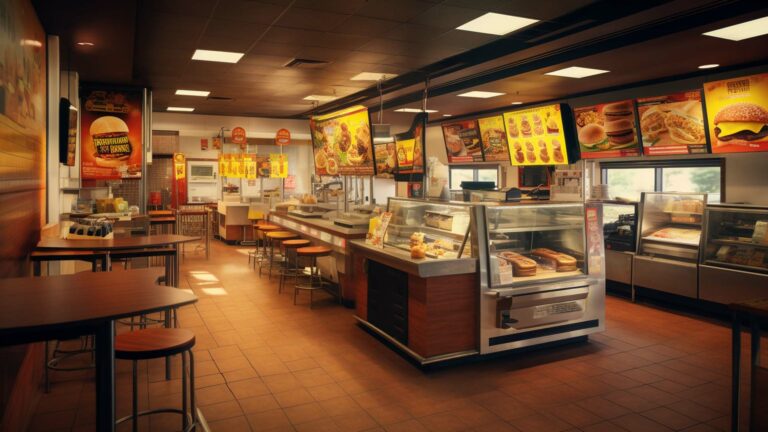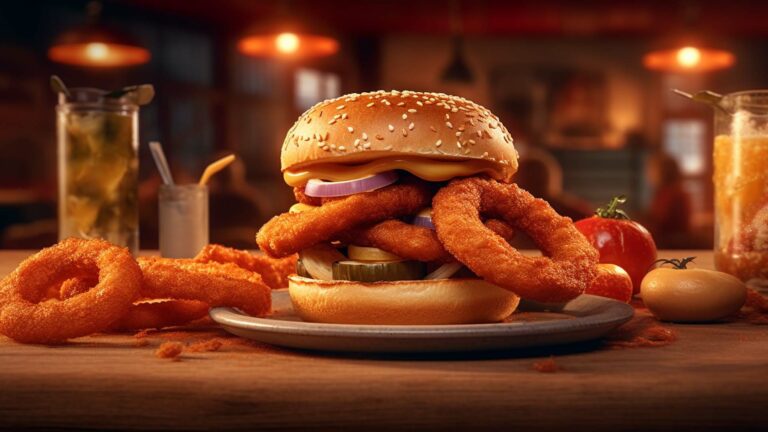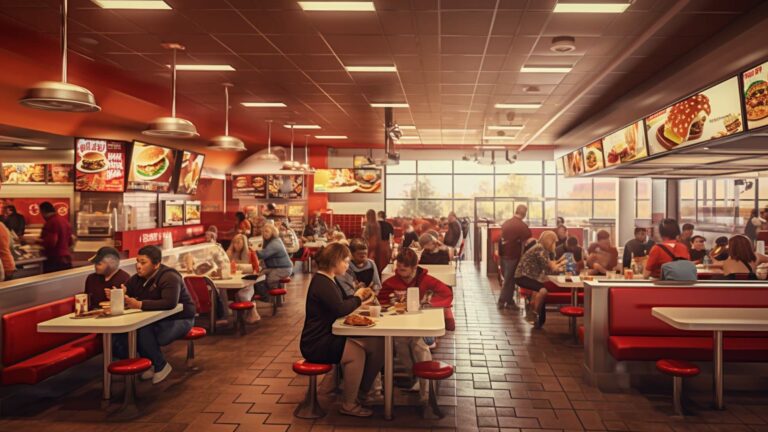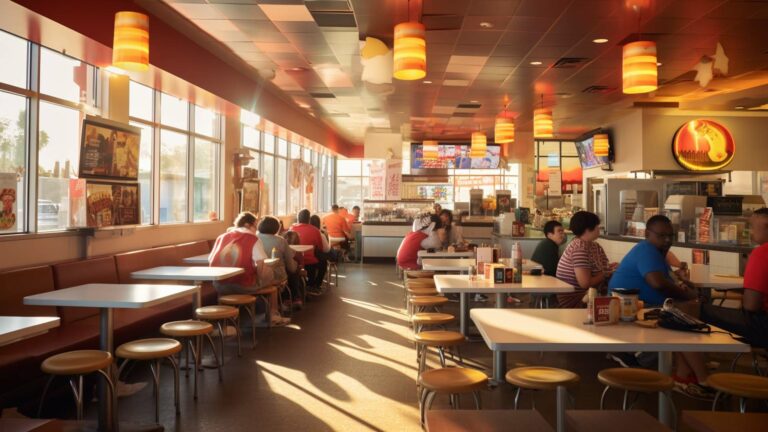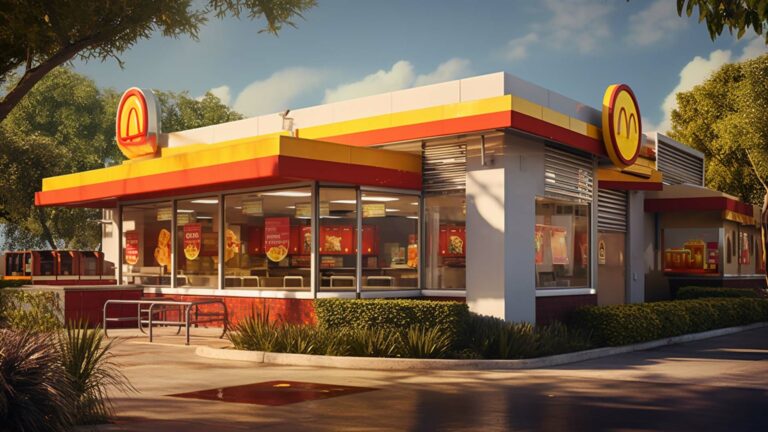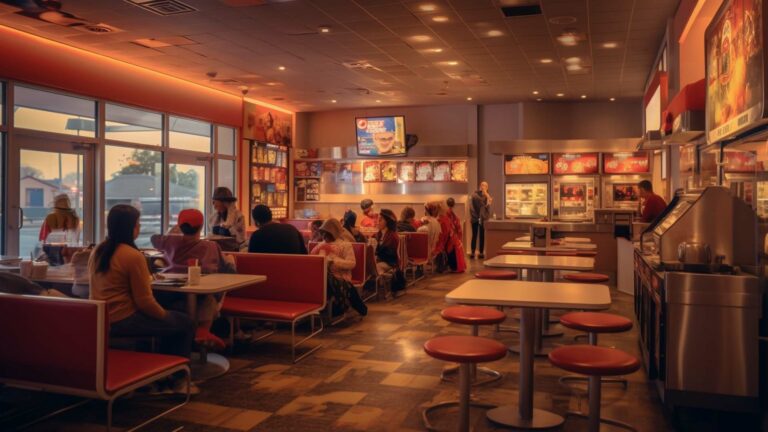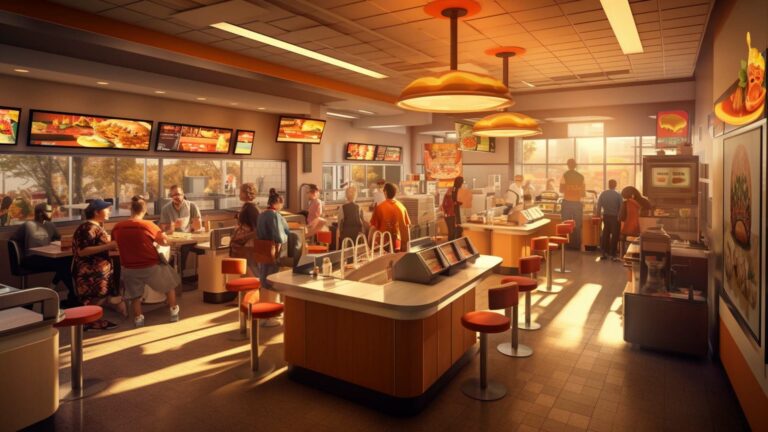Fast food has become an integral part of American culture, transforming the way we eat and shaping the restaurant industry. The United States, known for its fast-paced lifestyle and on-the-go mentality, has embraced fast food as a convenient and affordable option for millions of people.
Find Fast Food Restaurants Near You
The Evolution of Fast Food in the United States
The roots of fast food in the United States can be traced back to the early 20th century when diners and drive-ins began serving quick and inexpensive meals.
However, the real revolution came in the 1950s and 1960s with the introduction of fast-food chains such as McDonald’s, Burger King, and Wendy’s. These establishments standardized food production, implemented efficient systems, and created a template for rapid expansion.
Popularity and Ubiquity
Today, fast food is a ubiquitous presence across American cities and towns, with countless chains dotting the landscape. The reasons for its enduring popularity are manifold. Fast food offers convenience, affordability, and consistency.
Busy individuals, seeking a quick meal, are drawn to the convenience of drive-thru windows, mobile ordering apps, and 24-hour service. Moreover, the relatively low prices of fast food make it an attractive option for those on a tight budget.
Healthy Fast Food Options
Recognizing the public health concerns associated with fast food, many chains have made efforts to introduce healthier menu options. This includes the inclusion of salads, grilled items, and reduced-calorie meals.
Additionally, there has been a growing demand from consumers for transparency and healthier ingredients. Fast food companies have responded by offering more nutritional information and sourcing higher-quality ingredients.
Economic and Employment Impact
The fast-food industry is a significant contributor to the U.S. economy. It employs millions of workers, providing entry-level job opportunities for many. However, the low wages and limited benefits associated with these jobs have raised concerns about income inequality and labor rights.
Furthermore, the proliferation of fast-food chains has had an adverse effect on local independent restaurants, which struggle to compete with the resources and marketing power of national brands.
The Future of Fast Food
As consumers become more health-conscious and demand healthier options, the fast-food industry is evolving. Some chains have introduced plant-based alternatives, reduced portion sizes, and expanded their menu options to cater to changing tastes and dietary preferences.
Technological advancements, such as automation and self-ordering kiosks, are also reshaping the fast-food landscape, making it more efficient and cost-effective.
Fast food has undoubtedly left an indelible mark on American cuisine and dining habits.


